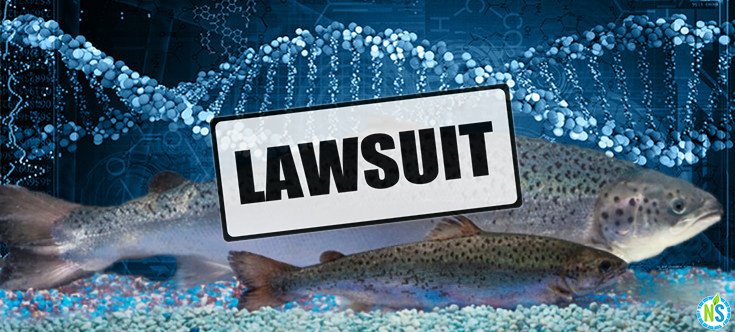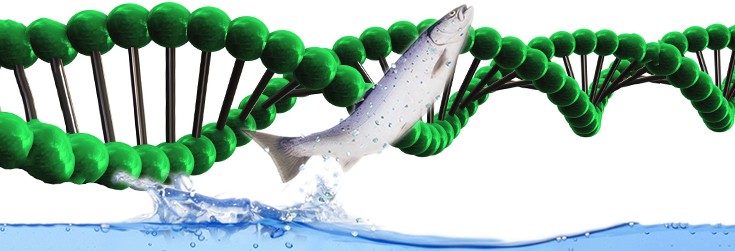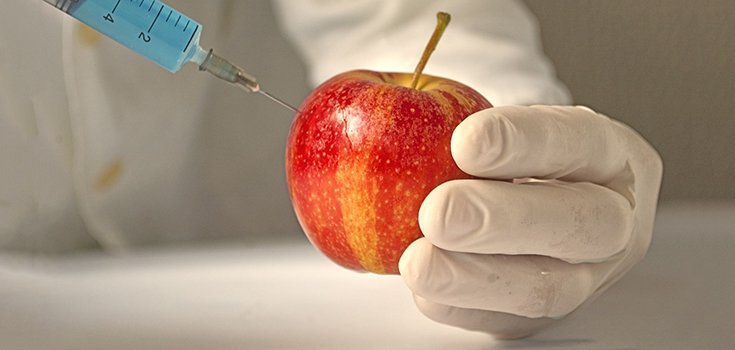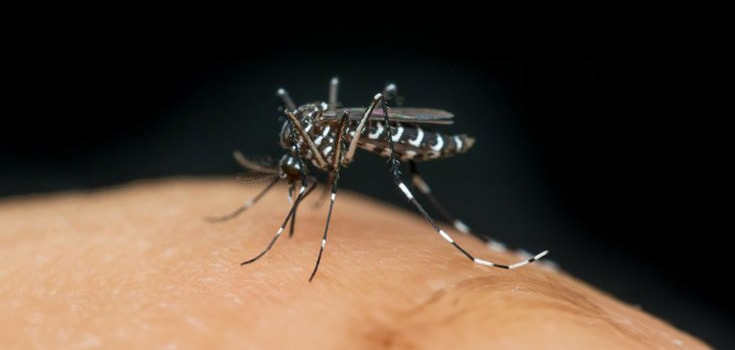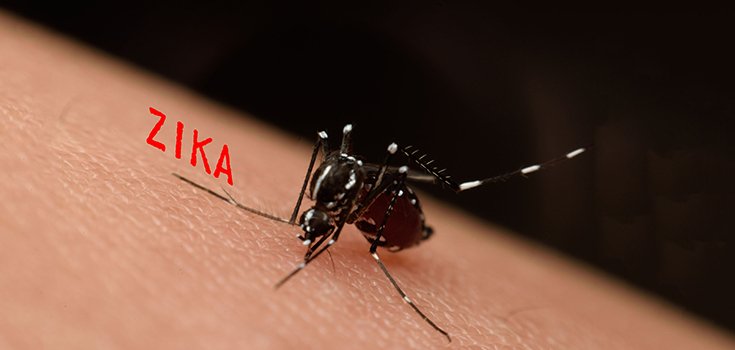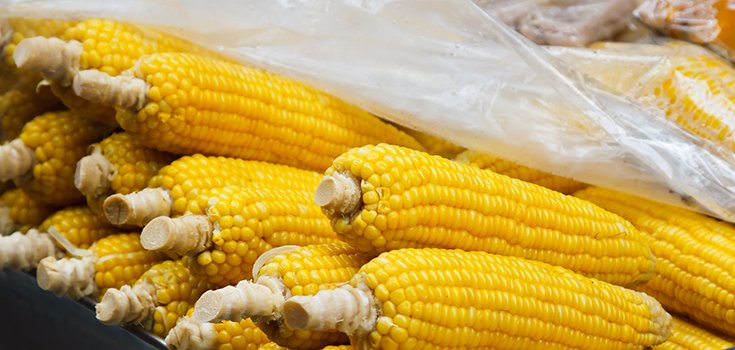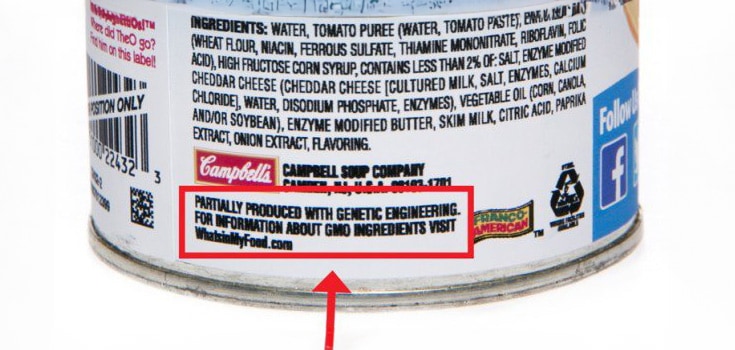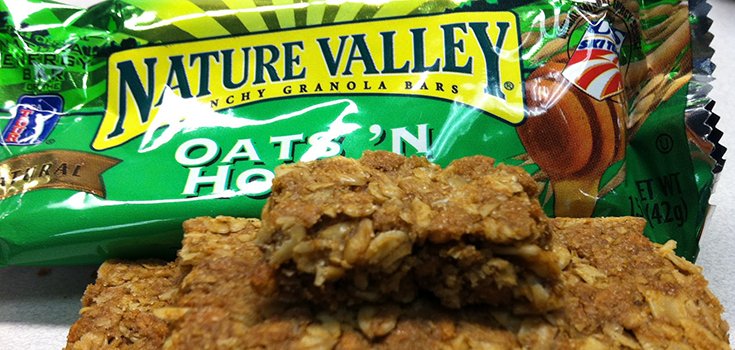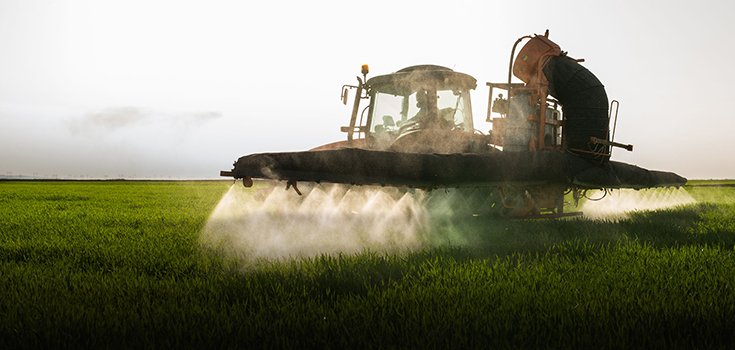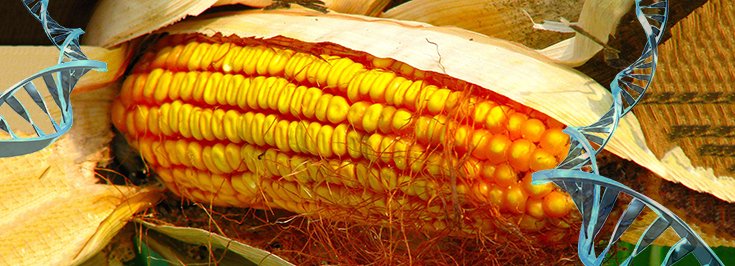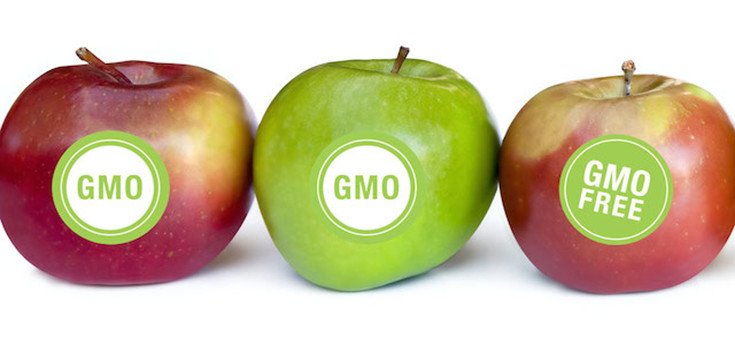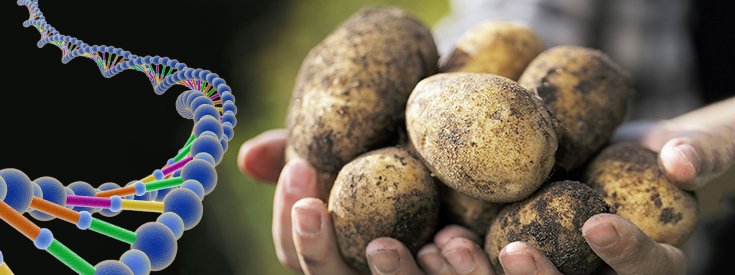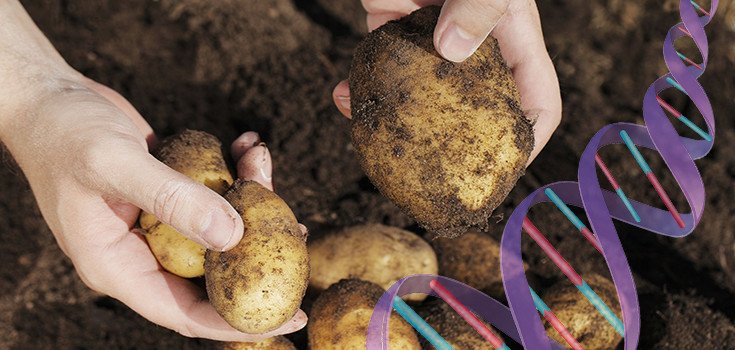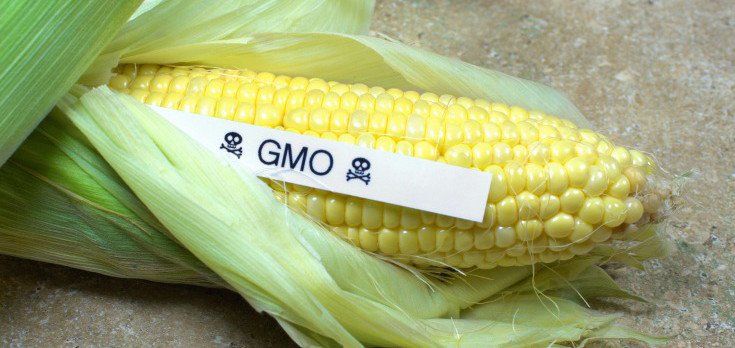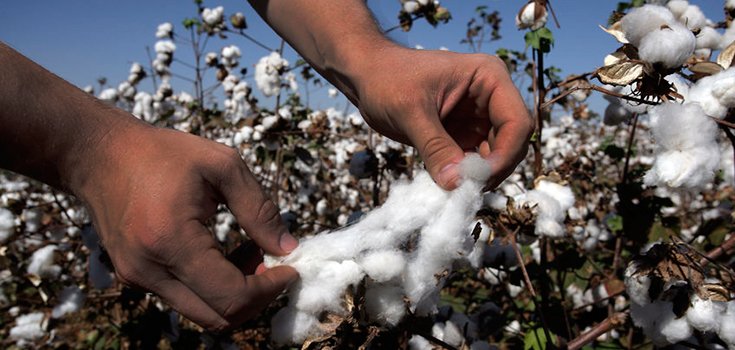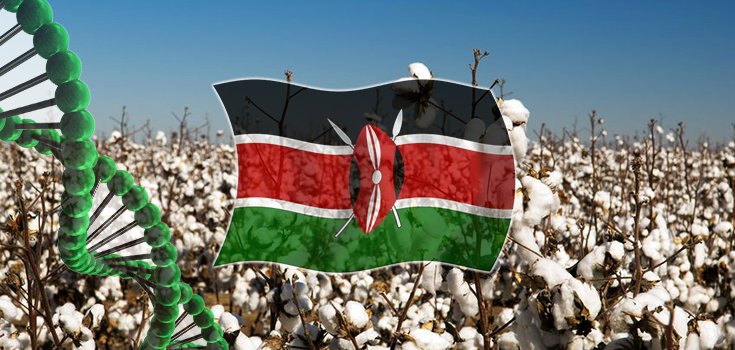Genetically Modified Foods (GMOs): The Truth About Safety, Risks, and Public Concerns
The world of genetically modified organisms (GMOs) is a complex and often controversial subject, with proponents touting their potential to revolutionize agriculture and feed the world, while opponents warn of possible health and environmental risks. Here we’ll delve into the world of GMOs to give you a comprehensive understanding of their applications, touted benefits, and concerns, allowing you to make informed decisions about their place in our food system.
Key Takeaways
- GMOs are used to produce genetically engineered crops and animals
- There are many touted benefits of GMOs, with potential applications in tackling global food security challenges.
- Safety and health concerns must be evaluated carefully, as tinkering with nature is a slippery slope
- Consumer attitudes have influenced the overall acceptance of GMOs due to health and environmental risks
Understanding GMOs: Definition and Applications
Genetically modified organisms (GMOs) are living beings whose genetic material has been altered through a process that does not occur naturally, such as mating or natural recombination. With the aid of modern biotechnology, gene technology, recombinant DNA technology, and genetic engineering, scientists have been able to develop a genetically modified organism with specific desired traits. These advancements have paved the way for a variety of applications, including:
- Genetically engineered crops
- Medicines and vaccines
- Improved livestock and aquaculture
- Biofuels and industrial products
Proponents of GMOs point to the potential to address global challenges such as food security, environmental sustainability, and human health. However, the use of GMOs also raises concerns about safety, ethics, and the potential for unintended consequences.
It is important to have informed discussions and rigorous regulations to ensure the responsible and beneficial use of GMOs.
GMOs in the Early Days
In the early days of GMO technology, the main focus was on genetically engineered crops such as:
- Summer squash
- Soybeans
- Cotton
- Corn
- Papayas
- Tomatoes
- Potatoes
- Canola
However, as the technology advanced, genetically engineered animals, such as genetically engineered salmon, were also developed. We will examine the particulars of these engineered crops and animals and the underlying science of genetic modifications.
Genetically engineered crops
Genetically engineered crops are plants that have been modified through genetic engineering techniques to exhibit desired characteristics, such as resistance to pests, diseases, and extreme weather conditions.
Examples of such crops include:
- Sweet potatoes resistant to viruses
- Rice with increased iron and vitamins
- Plants that can tolerate extreme weather conditions.
- Corn —-
- Soybeans —
- Sugarbeets —
Around 90% of the corn, soybeans, and sugar beets available on the market have been genetically modified.
Genetically engineered crops can have several benefits, including:
- Significantly improving crop yields per area
- Lessening the need for chemical insecticides
- Enabling crops to become resistant to specific viruses or pests
For example, genetically engineering papaya has made it resistant to the papaya ring spot virus, which was a major threat to the papaya industry in Hawaii.
Additionally, GM crops that produce Bt toxin may require less insecticide in certain situations, such as when there is high pressure from insect pests.
Genetically engineered animals
Genetically engineered animals are those whose genetic material has been modified through the insertion, deletion, or substitution of genes in the animal’s genome. These animals have potential applications in food production and laboratory research as “models” to study the function of specific genes and their relation to health and disease.
The most prevalent types of genetically engineered animals used in food production include:
- Genetically modified salmon
- Genetically modified pigs
- Genetically modified sheep
- Genetically modified cattle
- Genetically modified chickens
- Genetically modified fish
Genetically engineered animals also play a significant role in medical and scientific research, aiding in studying diseases, drug development, and improving animal health and welfare.
The Science Behind Genetic Engineering
As we’ve covered, the science behind genetic engineering involves the manipulation of an organism’s genetic material to achieve desired characteristics. This can be done through a variety of techniques, including:
- Genome editing, which allows for more efficient and accurate modifications to DNA compared to traditional breeding methods
- Zinc Finger Nucleases (ZFNs)
- Transcription Activator-Like Effector Nucleases (TALENs)
- Gene insertion
- Gene deletion
- Gene silencing
These techniques are used to modify an organism’s genetic makeup and introduce specific traits or characteristics.
Genome editing
Genome editing is a method that enables scientists to make precise modifications to the DNA of an organism, allowing them to add, remove, or modify DNA sequences. Various technologies are used for genome editing, such as CRISPR-Cas9, TALENs, and ZFNs. These technologies generate targeted breaks in the DNA, which can then be repaired by the cell’s own repair mechanisms, allowing for the introduction of desired transformations in the DNA sequence.
In agriculture, genome editing offers numerous opportunities, such as:
- Precise modification of plant genomes for improved traits
- Optimization of crop characteristics
- Acceleration of breeding processes
- Development of crops with enhanced nutritional content
- Improvement of agricultural sustainability
Given its capacity to transform agriculture and help tackle global food security challenges, genome editing holds promise as a field of research and development.
Bioengineered Foods vs Genetically Modified Foods
Bioengineered foods and genetically modified foods are essentially equivalent, as both terms refer to foods that have been altered through genetic engineering techniques to introduce predetermined traits or characteristics. The terms can be used interchangeably to describe the same process of genetic modification in food production.
Examples of bioengineered foods include alfalfa, apple (Arctic varieties), canola, corn, cotton, eggplant (BARI Bt Begun varieties), papaya, and pink pineapples.
Bioengineered Food Ingredients
Bioengineered food ingredients include:
- Corn or canola oil
- Sugar
- High fructose corn syrup
- Foods derived from crops such as corn, soy, and sugar beet
These ingredients have been genetically modified to enhance certain traits or characteristics. For example, corn oil, a common ingredient in many foods, is derived from genetically modified corn plants that have been engineered for specific traits, such as resistance to pests or increased yield.
The potential health benefits of bioengineered food ingredients may include improved nutrient intake, increased consumer appeal, biofortification, and reduced food waste. However, there are also potential health risks associated with bioengineered food ingredients, including toxins, allergens, and genetic hazards.
As the debate continues, it’s important for consumers to understand the potential benefits and risks of bioengineered food ingredients to make knowledgeable food choices.
Claimed Benefits of GMOs
GMOs have the potential to offer a range of benefits, including enhanced food security and diminished pesticide usage.
Genetically modified crops, such as cotton, corn, potatoes, and certain fruits like papayas and apples, have been modified to possess advantageous traits like pest and disease resistance, enhanced yield, and augmented nutritional content. As a result, these gmo crops have contributed to enhanced food security, both by providing more food and by reducing the need for pesticides.
The increase in crop yields due to GMOs has been significant, with an average increase of 21% observed globally. This increase in yield is not attributed to higher genetic yield potential, but rather to traits that enhance plant growth and productivity. Also, GMOs have been shown to reduce pesticide requirement and decrease the incidence of mycotoxins in crops, further enhancing food security and safety.
Food security
Food security refers to the availability of food and one’s access to it, ensuring that populations have access to adequate nutrition to sustain health and well-being. GMOs have the potential to contribute to food security in various ways. Some examples include:
- Genetically modified crops can increase overall productivity, providing a means for developing countries to sustain themselves and reduce global hunger.
- GMOs can be engineered to be more resistant to pests and diseases, reducing crop losses and increasing yields.
- Genetically modified crops can be designed to have enhanced nutritional content, addressing specific nutrient deficiencies in certain populations.
These are just a few ways in which GMOs can help improve food security around the world.
Apart from enhancing productivity, GM crops can also be modified to boost nutrition, adapt to environmental conditions, and resist pests. While GMOs are not a one-size-fits-all solution for the complex issues of hunger and malnutrition, they could be instrumental in resolving low agricultural productivity, nutrition, and food shortages.
Safety and Health Concerns
When assessing the safety and health concerns surrounding GMOs, it is important to consider:
- Allergenicity studies
- Potential long-term effects
- Modifications to biochemical pathways
- Alterations in metabolism leading to increased toxin concentrations
- Insertional mutagenesis with potential to inactivate or activate certain genes
- The production of toxic secondary compounds
Allergenicity studies
Allergenicity is one of the primary concerns regarding the potential adverse effects of GM foods on health. Allergenicity studies involve an assessment of the available literature on allergenicity in GMOs and the potential risks they may present to individuals. To evaluate the allergenic potential of GM crops, in vitro tests such as RAST or immunoblotting with sera from individuals sensitized to the original crop can be utilized.
Additionally, the decision-tree type of indirect approach, which considers factors such as the size and stability of the transgenically expressed protein, is used to evaluate allergenic potential.
Long-term effects
The potential long-term health effects of consuming GMOs are still being studied and debated. Some potential effects include:
- Differences in nutritional content
- Common toxic effects
- The development of diseases immune to antibiotics
- Instability of genetically engineered foods
- Allergic reactions
- Serious adverse events
Animal toxicity studies have revealed that some GM foods may be toxic to certain organs and systems in animals. Moreover, there is evidence to suggest that GMO consumption in animals may lead to diseases that are resistant to antibiotics.
While there is no definite evidence connecting GMOs to adverse health effects currently, ongoing research aims to comprehensively understand the long-term safety and health effects of GMOs on humans. As scientific knowledge progresses, it’s important for consumers and regulators to stay updated about the potential risks and benefits of GMOs to make knowledgeable decisions about their consumption and regulation.
Environmental Impact of GMOs
The environmental impact of GMOs is another area of concern and debate. One potential implication of GMOs is the evolution of resistant pests and weeds, sometimes referred to as superbugs and superweeds. Resistance can develop when selective pressure is strong enough, and if these cultivars are planted on a large scale, the selective pressure in that environment could lead to the evolution of resistant insects within a few years, diminishing the effects of the transgenic. Similarly, if the use of herbicides increases due to new cultivars, nearby weeds could develop resistance to the herbicide used by the crop.
Regulators, scientists, and the agriculture industry need to consider and address these potential environmental impacts as the development and adoption of GMOs continue worldwide. By implementing responsible farming practices and continuing research on the environmental effects of GMOs, the potential risks can be mitigated, ensuring the safe and sustainable use of this technology.
Regulatory Framework and GMO Labeling
Regulations surrounding GMOs vary around the world, but in the United States, the regulatory framework for GMOs involves multiple agencies, including the World Health Organization. The Animal and Plant Health Inspection Service (APHIS) regulates transgenic plants to mitigate potential plant pest risks, while the Environmental Protection Agency (EPA) regulates pesticidal substances produced by GMO plants.
The Food and Drug Administration (FDA) regulates most human and animal food, including GMO foods, to guarantee their safety. These agencies collaborate under the Coordinated Framework for the Regulation of Biotechnology established in 1986, which also involves the Food and Agriculture Organization.
The Call for GMO Labeling
There is a movement to mandate manufacturers to label foods containing detectable genetic material that has been genetically engineered (GE). The arguments in favor of GMO labeling include increased transparency in the food sector, improved consumer attitudes and trust in GMO products, and the ability for consumers to make informed decisions. Conversely, the arguments against GMO labeling include the potential for increased food costs, the potential for consumer confusion, and the potential for labeling to be utilized as a marketing tool.
The GMO labeling debate underscores the importance of transparency and consumer choice in the food industry. By providing clear and accurate product information, manufacturers can assist consumers in making educated food choices, thereby fostering trust and confidence in the safety and quality of GMO foods.
Consumer Attitudes and Acceptance
Consumer attitudes towards GMOs are complex and varied. There is a lack of understanding and misconceptions about GMOs among many consumers, leading to negative attitudes surrounding health risks and social equity. On the other hand, some consumers have a positive outlook towards GM foods, influenced by factors such as food safety, quality, and taste.
Consumer acceptance of genetically modified foods is shaped by various factors, including:
- Understanding and attitudes towards GM foods
- Perceived human health and food safety risks
- Environmental concerns
- Perception of GM foods as unnatural or artificial
- Public risk perceptions and attitudes towards GM foods
Moreover, factors that influence consumers’ purchasing decisions of GM-free products include:
- Product certification as GM-free or organic
- Interest in environmental protection and nutritional value
- Marketing issues
- Price and quality
GMOs in the Global Context
In 2015, GM crops, also known as gm plants, were cultivated in 28 countries on 179.7 million hectares. The primary producers of GMOs were:
- United States
- Brazil
- Argentina
- Canada
Currently, GM crops are not being grown commercially in the UK.
Also, GM crops enhance food security by improving crop yield, quality, and shelf-life. GM foods available in the international market have undergone safety assessments, making them unlikely to pose risks to human health.
International market
The international market for GMOs is significant, with an estimated annual global market value of approximately $22.29 billion in 2023, and a projected growth rate of 5.8%. As the globalization of trade continues, the implications of international trade agreements on the global market for GMOs are considerable, with the World Trade Organization (WTO) having multiple agreements that address international trade in GMOs, which have consequences for trade diversion, prices, and welfare effects.
GMOs can help improve food security in developing countries by increasing crop yield on less land, thereby helping to sustain and reduce hunger. Also, a significant number of biotech crop farmers in developing countries rely on GMOs for their livelihood. The international market for GMOs is a complex and evolving landscape, with varying regulations and attitudes towards genetically modified foods around the world.
Future Developments and Challenges
GMOs have a wide range of applications, including:
- Introducing drugs in food
- Bananas producing human vaccines against specific diseases
- Fish maturing faster
- Fruit and nut trees yielding earlier
- Foods lacking components associated with allergies
- Plants capable of creating new biodegradable plastics with unique characteristics.
Novel applications
Novel applications of GMOs include:
- Accelerated crop improvement
- Inventive genetic approaches for crop improvement
- The capacity to utilize genes from all sources regardless of their compatibility
Additionally, GMOs are being used in the manufacture of novel pharmaceuticals.
As GMO technology progresses, the potential applications are extensive and diverse. However, it’s important for scientists, regulators, and the agriculture industry to address the challenges and concerns associated with GMOs, to ensure their safe and effective use in the future.
Canada Launches New Risk Assessment for GMO Salmon
Groups File Lawsuit to Block FDA’s Approval of GM Salmon
FDA (…Sort of) Bans GM Salmon Until Labeling Guidelines are Finalized
Outraged Senator to Block FDA Commissioner Over Questionable GM Salmon
Genetically Modified Apples
Non-Browning GMO Arctic Apples to Hit Store Shelves Soon
Canadian Fruit Growers Say NO to Genetically Modified ‘Arctic Apples’
Wendy’s, McDonald’s, Gerber Says NO to Non-Browning GMO Arctic Apples
IRT’s Jeffrey Smith Appears on Daily Show; Warns Stewart of GMO Apples & Potatoes
GMO Mosquito Trial Approved in the Florida Keys
A Proposed Trial of GMO Mosquitoes Divided Voters in Florida
NIH Official Warns that Zika Virus Could “Hang Around” for 2 Years
Genetically Modified Mosquitoes Win FDA Approval to Fight Zika
Genetically Modified Soybeans
Arkansas Temporarily Bans the Sale and Use of Dicamba Herbicide
EPA Approves Dangerous Monsanto-Made Weedkiller
Monsanto’s Creation of Herbicide-Resistant Superweeds Grows in Several States
Russia Replaces U.S. Soybean Imports with Latin American Ones
GMO Labeling
At Long Last, Mandatory GMO Labels Are Coming to Food Packaging
Judge Rules General Mills Can Label Nature Valley Granola Bars “Natural”
Survey: Americans Simply Don’t Know What Constitutes a “Healthy” Food
Uh Oh: House Passes Bill Nicknamed “Poison Our Waters Act”
GMO Corn
In Case You Missed It: EPA Quietly Approved Monsanto’s RNAi Genetic Engineering Technology
Landmark Test Links Toxic Insecticide Dust to Bee Hive Damage
USDA Deregulates New Monsanto-Made GMO Corn Strain
Russia Bans All U.S. Corn and Soy Imports Due to GMO Contamination
FDA Won’t Make Food Companies Label GM Plant Foods
Sugar Beet Farmers Face Record Low Sales as Demand for ‘Non-GMO’ Booms
PhD Says Monsanto Has Been Lying About Safety of Cry Proteins in GM Bt Crops
Why Are Govt Subsidies Forcing GMO Baby Formula on Low Income Mothers?

Genetically Modified Trees
Genetically modified trees random sentence. Do they threaten biodiversity. What will happen? DNA three lines.

Genetically Modified Bacteria
Did you know some bacteria has been genetically modified and is a key component of a popular artificial sweetener?

Genetically Modified Bananas
Are genetically modified bananas a threat to the environment? Are we eating them now?


